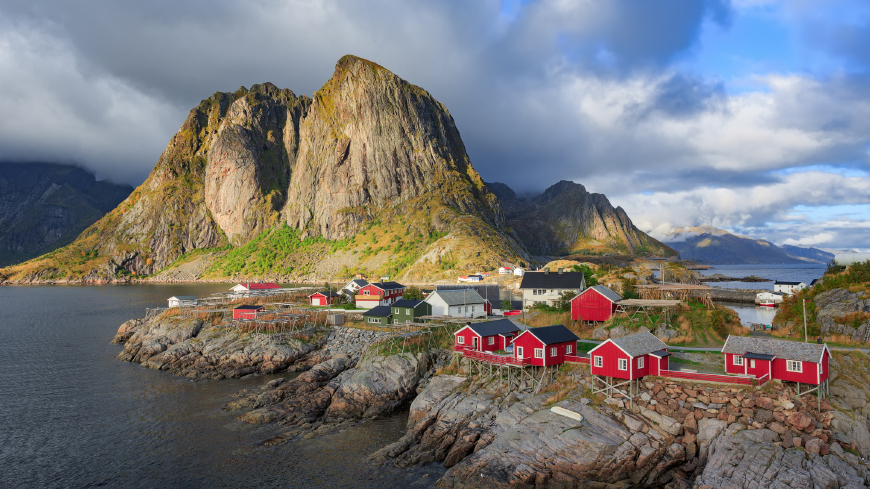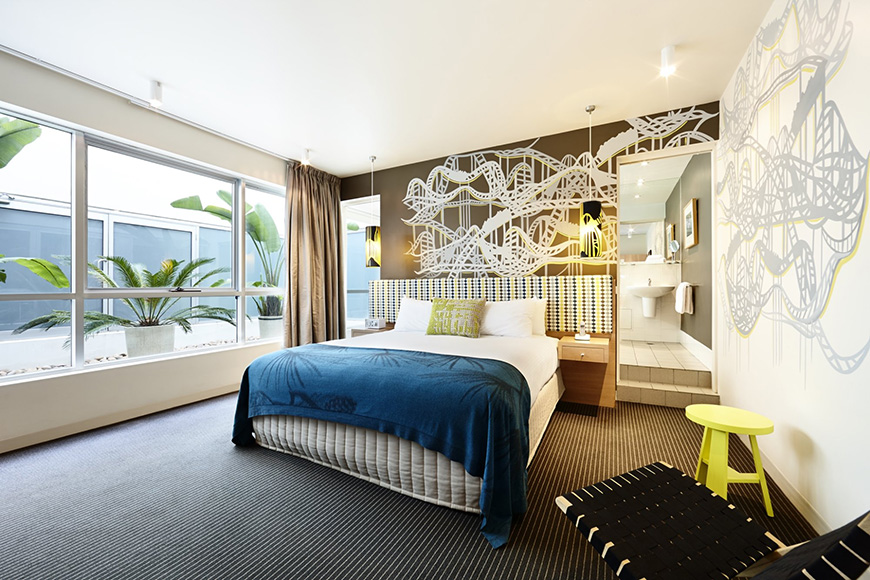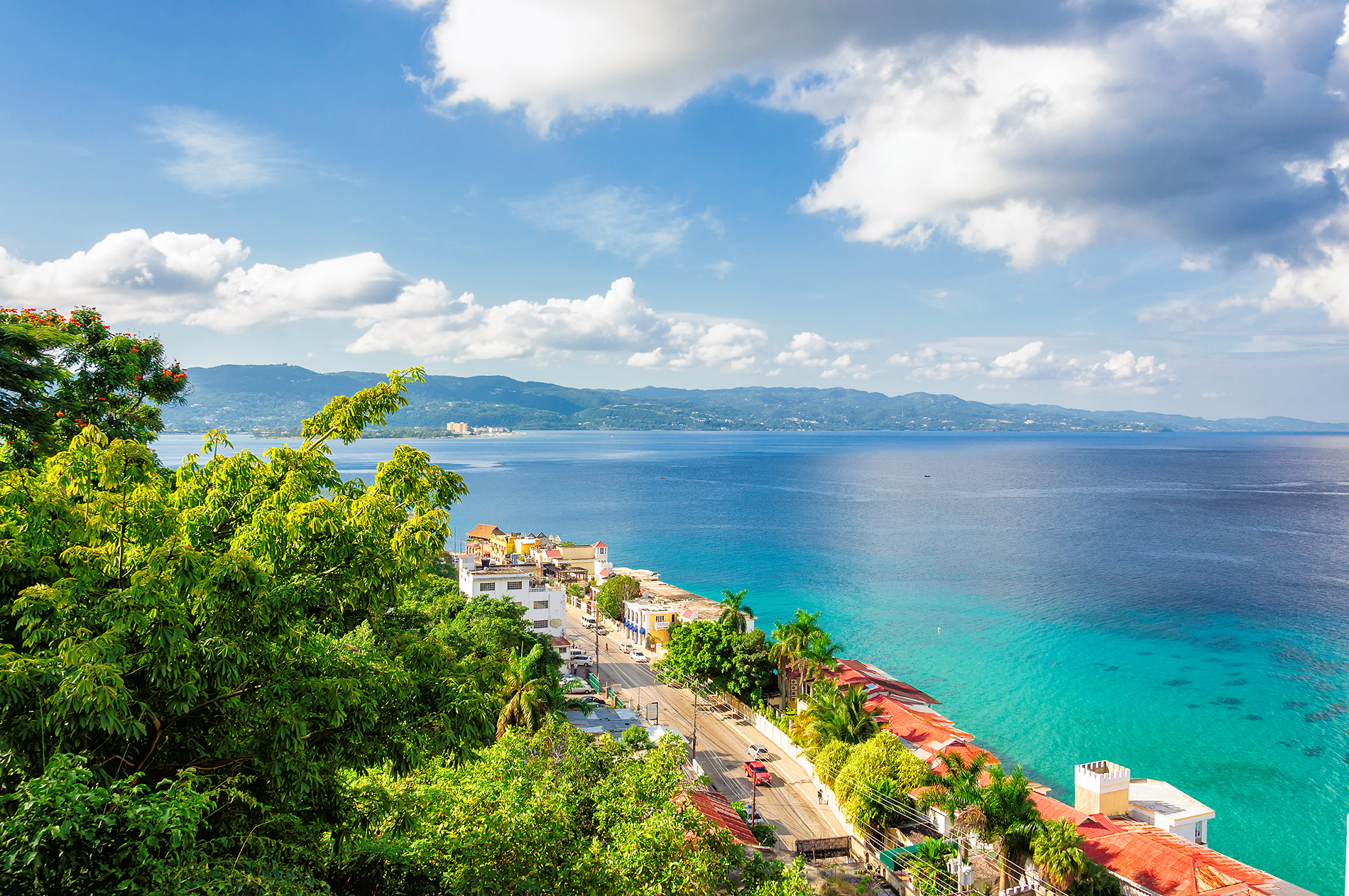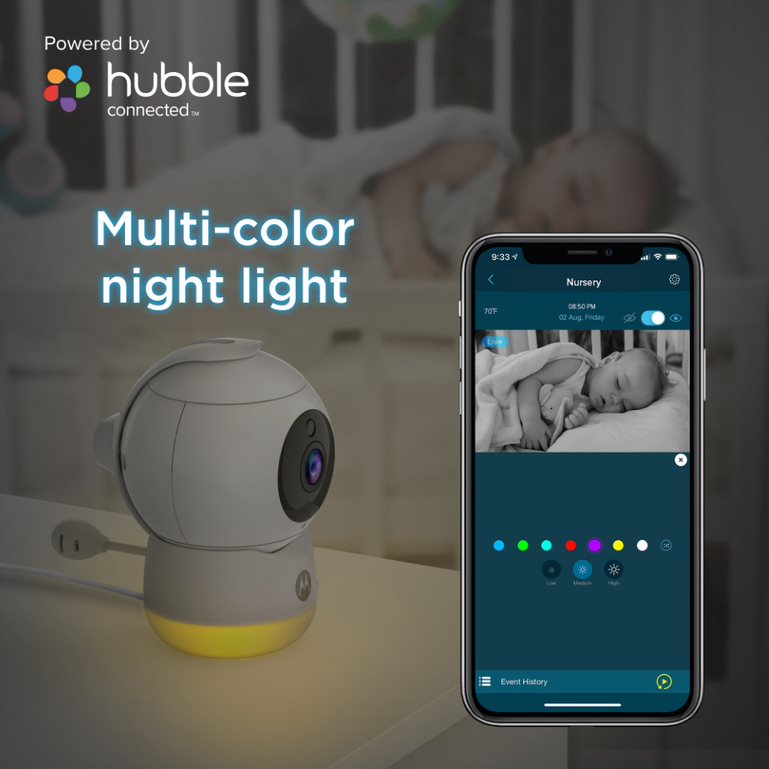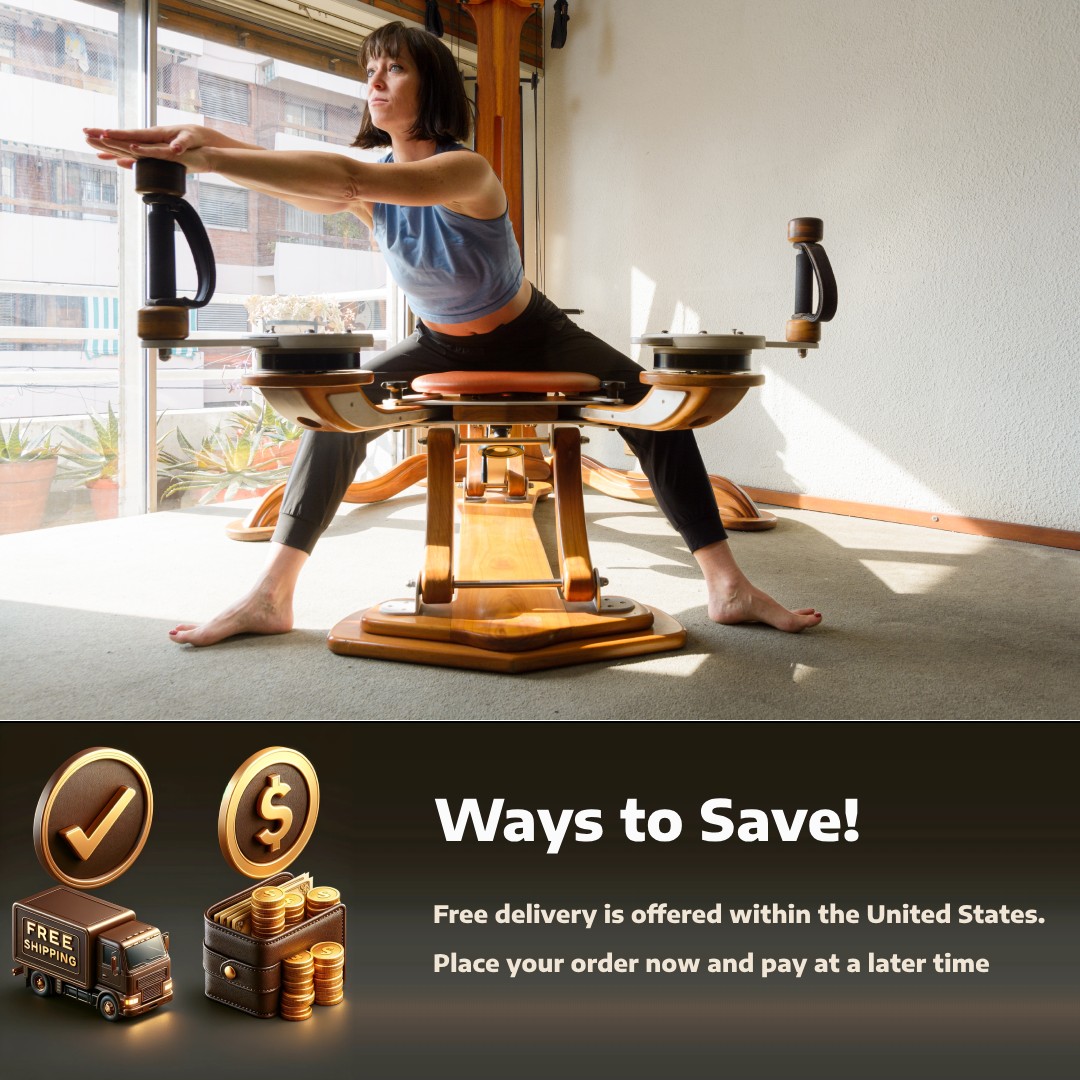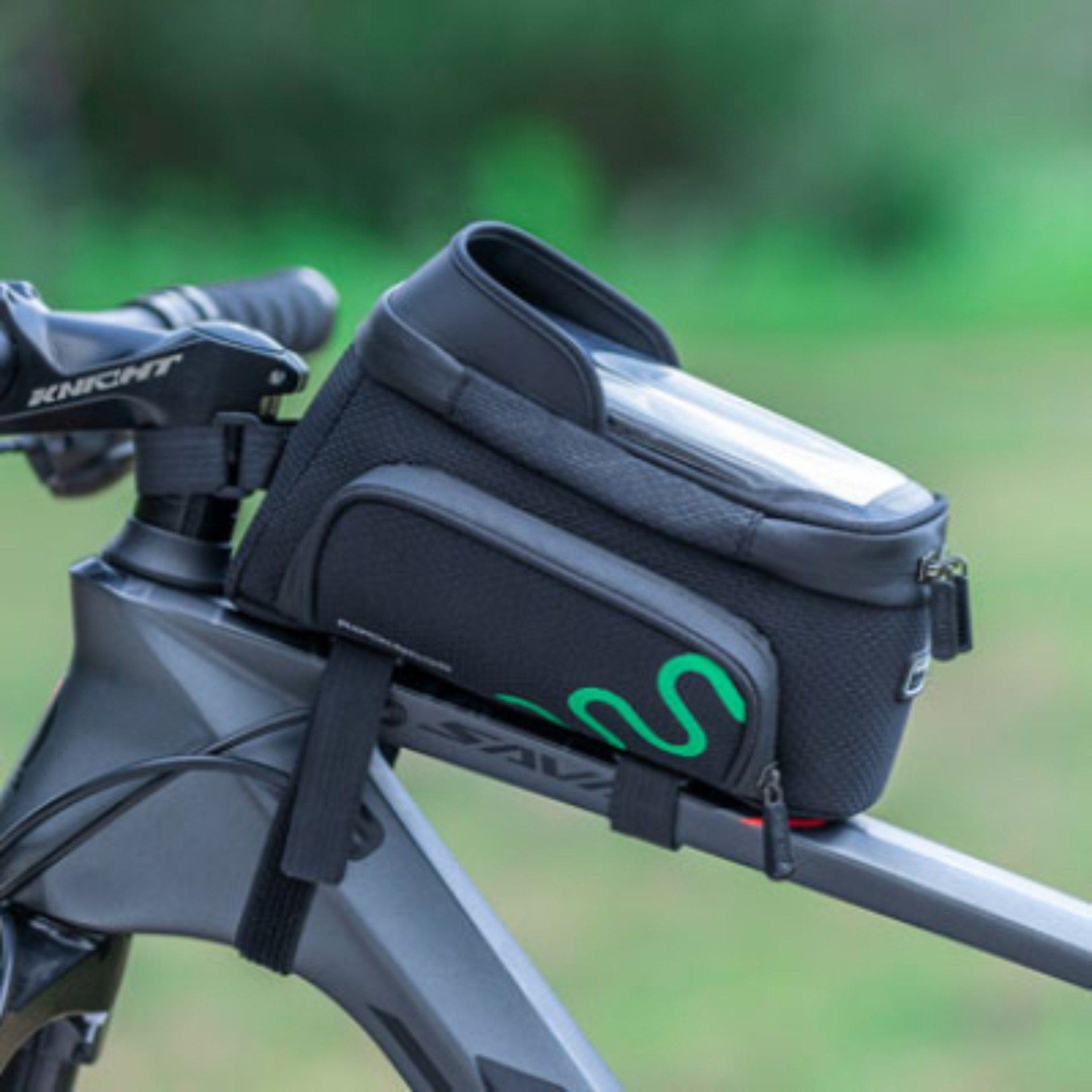When You Can’t Travel, Bike

Cycling in New York City is a stunning thing and a scary thing and an exhilarating thing and an infuriating thing. I’ve had my bike for 4 years now, and practically immediately upon buying it my relationship to the city altered. Instead of moving here and there underground– enduring the overcrowding, the train delays, and the angst– I could now get around in the open air. Underground, you have no sense of the place in between the locations you love. They are sights connected by nothing more than a color-coded line. And yet: Up there (or down below, depending upon which line you’re riding), there is definitely life.
At the start of the outbreak in NYC– when the cases were rising by the thousand every day, when the virus appeared to unexpectedly be everywhere– I dialed my outdoor activity down to absolutely no. I stocked my cabinets with a 30-day supply of food in case I had to officially quarantine myself. I ordered indoor workout devices. I started a seemingly endless routine of streaming TELEVISION programs in quick succession. I swore I would make progress through the backlog of books that I ‘d purchased for now cancelled journeys. I promised to do yoga. But none of those things truly concerned fulfillment. Instead, a deeply seeded inertia started moving from completely– my little happiness vaporized, my routines went dark. What was happening was grieving, really– mourning the loss of motion that had actually supplanted my less-healthy coping systems from numerous years ago.
For those very first few weeks, I was terrified to get on my bike. The paths along the watersides and over the bridges– the safest to utilize due to the fact that they are generally protected and separate from street traffic– were loaded with similar people. Everybody required a break from the routine and claustrophobia of their small New york city houses. However in a city of 9 million, when everyone wants to go outside for just an hour or two a day, it’s difficult to securely stay away from anyone else. Those waterside bike courses fill with other bicycle riders and joggers and pedestrian overflow from the pathways. You are just ever inhaling the exhalations of others. Who knows who has coughed just a couple of feet ahead of you? What pathogen is riding that breeze?
The crowds weren’t surprising– I had prevented those formally scenic bike paths before COVID for the same reason. I likewise understood that crowded streets were far less most likely– even in great times– if I biked away from the river and deeper into the districts, which I ‘d done a few times throughout the years.
From my apartment, I went east, first across Bed-Stuy and then into Bushwick– that part I was certain about. After those areas, I understood was Queens, but I had no clear plan besides my orientation. Keeping track of my right turns and my left turns as necessary, I cut a jagged route that basically ended up being a long loop. I crossed streets I hadn’t heard of previously– ones that bore the old names of the city. the Dutch ones like Onderdonk and Himrod. I passed small, gorgeous parks with greens lined by cherry trees and magnolias. Panaderias with open doors revealing cases of pan dulce. Retail relics like the Liberty Department Store on Myrtle, its huge red sign noticeable from blocks away. The fragrance of pastries coming from Grimaldi’s Pastry shop. In some places the huge old tenement structures pushed nearly right as much as the street. In others, quite brick row houses with bay windows sat back silently from the roadway. Old Jewish synagogues. Huge churches. Pentecostal storefronts. Flower shops. Botánicas. VFWs.
When I got home I mapped my route to track the miles I ‘d logged. But actually, I’ve always had a fascination with maps– drawing them and reading road atlases as a kid, and looking at them for unknown hours as an adult traveler in anticipation of a trip. From what I might tell, I ‘d cut throughout Bed-Stuy and Bushwick into Ridgewood. While I recognized with certain parts of these neighborhoods– I reside on the western border of Bed-Stuy and Clinton Hill, my preferred Ethiopian restaurant remains in Bushwick, and I ‘d gone to queer parties at places in Ridgewood– my experience of them had, naturally, been segmented. New York, as it always does, rendered these locations as little satellites connected by underground tunnels. Your own interests in the context of routine life determine your internal map of the city, and this map is, by nature, exclusionary. The thing travel has constantly stirred in me, it seems, is requiring a recognition that the fabric of any place is a more wholistic thing.
I broadened the map to see what was beyond Ridgewood. There was a belt of cemeteries to the southeast, with Highland Park and Cypress Hills beyond it. To the northeast, Glendale, Middle Village, and Forest Hills. Each afternoon or evening when I left my home on my bike, I went farther. I kept in mind how the surroundings changed. How the homes shifted from massive apartment blocks in Bushwick and Ridgewood to single-story row-houses in Glendale to gorgeous brick Tudor buildings in Forest Hills to the mansions of Highland Boulevard in Cypress Hills. You might see the character modification in the businesses too: Italian bakeshops and civic organizations along Myrtle Avenue in Glendale; Mexican speciality shops in Ridgewood; Dominican and Puerto Rican flags in Bushwick. The reggaeton, the trap, the bachata, the screeching wheels of the raised trains, the continuously sirens of our moment.You can see the areas that the city looks after and the ones it ignores– old-growth trees lining some streets and others without a shred of green.
The satisfaction in all of this is the sense of discovery, which, naturally, isn’t discovery at all. It’s coming across a location that has existed all along and which, now known to you, can bring something into your life. You discover these places at street level, not online. You get the texture and the noise and the sight simultaneously, without filters– no mitigating evaluations of those who have actually already been; no curation by what photos nicely; no algorithms attempting to feed you what the computers think you’ll enjoy most. Like when travel is at its most best, when the serendipity hits perfect. You stumble upon a location or an individual or a thing that you’ll come to enjoy. You capture an ambiance.
If I occur to be biking a street I have actually currently seen, I’ll go much faster. When I’ve struck the unknown, I decrease. I make psychological notes of the locations I’ll return to when they’re open once again. When I feel I’ve gone far enough, I reverse and try to untangle the streets, making my way back home. In my body, I notice a few of the exact same feelings I have actually had when aimlessly wandering cities on other continents: that little clench in the gut that’s thrilling, the minute when you aren’t exactly lost, but when you’ve concerned comprehend that you’re surrounded by newness, or a minimum of something that is new to you in the most foreign method. This is the sensation that replaced all of my worst routines. I expect it conserved my life.
For the foreseeable future, none people are going anywhere. And so, the light at the end of the tunnel is that possibly these little shops, these pastry shops and restaurants and cafes, will exist on the other side of this. And that up until I can fly far from New York City, I’ll make do on my bike and the delights that are here that I ‘d never ever thought to discover.

